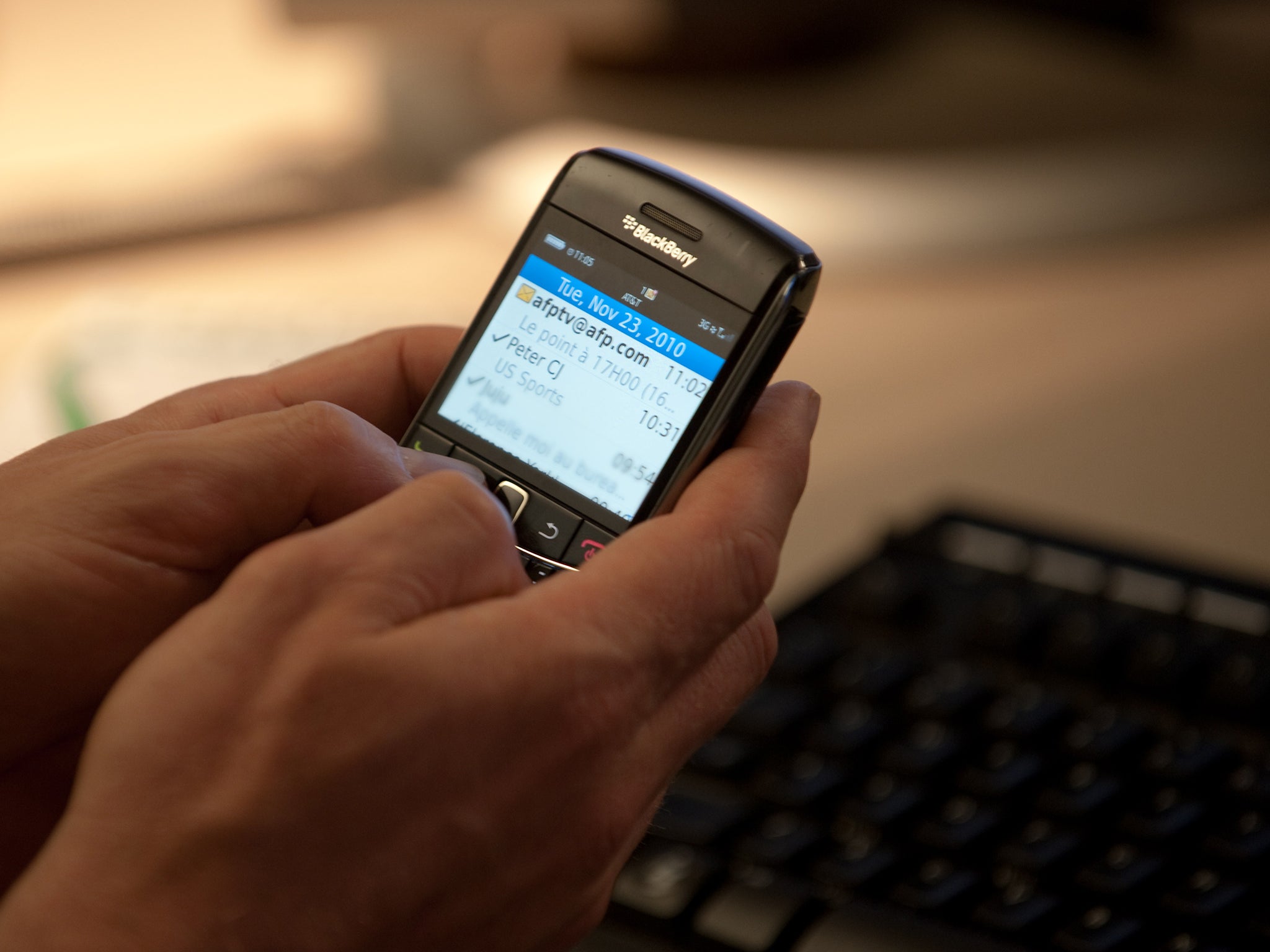How to craft the perfect email
The key is to use a slightly positive or slightly negative intonation

To write the perfect email, it turns out you have to play it cool, but not too cool.
The key is to use a slightly positive or slightly negative intonation. Both outperform a completely neutral tone, according to a new analysis by Boomerang, an email efficiency service, which analysed the data from millions of emails.
1. Find the right balance of emotions
Emails that were slightly too positive or slightly too negative elicited 10 to 15 per cent more responses than emails that were completely neutral, Boomerang found after gathering data from more than 5.3 million messages.
The key is to write your message with the correct amount of emotions.
Boomerang ranked the sentiment in some examples:
• “Hey, I was thinking about you earlier. Do you want to get pizza?"
- too neutral. A little positivity would boost the response rate.
• “Hey, I’d definitely like to get together next week. Do you want to get pizza?”
- 0.35 positive sentiment - Perfect! It’s easy to add positive sentiment to an email – this is all it takes.
• “Hey, it would be really great to see you and catch up. Do you want to get pizza?”
- Positive 0.55 sentiment. - This will also work better than a neutral email, even if not quite as well as the version above.
• “Hey! It would be absolutely wonderful to see you! Do you want to get pizza? I’m so excited!”
- Over 0.9 positive sentiment - This email would be about as effective as a neutral email – not bad, really, but not optimal.
The analysis proved that flattery works, but excessive flattery doesn’t.
The same rules apply to over negative emails.
For example when giving a bad review of your shopping experience at a retail outlet by saying, “Your store experience sucks. Your clerk is a douchebag,” will significantly reduce response rates, according to Boomerang.
2. Adapt to the reading level of a 10 year old
Simplifying the language used in yours emails so that they would suit the reading level of a 10-year-old increases your response rate, the study found.
Emails in language simple enough for a 10-year-old were 36 per cent more successful than those written at a graduate reading level and a 17 per cent more successful than emails written at a high school reading level.
This rule will depend on your audience. But unless you are discussing your PhD thesis with your tutor, Boomerang advises not to use words longer than four letters.
“The main parts of your reading grade level score are the number of syllables in your words and the number of words in your sentences. So try simpler words and fewer words per sentence than you normally would,” the study said.
3. Write short (but not too short) emails
Write enough, but not too much.
The sweet spot for email length is between 50-125 words, the analysis found.
Business news: In pictures
Show all 134. Use very short subject lines
The length of your subject line impacts response rates.
The shorter the subject line, the more likely you are to get a reply.
Response rates dropped from 50 per cent for 125-word messages to about 44 per cent for 500-word messages, the analysis found.
Boomerang said the ideal subject line should be no longer than 3 to 4 words, excluding email conventions such as “Re:” and “Fwd:”.
5. Include some questions in your email.
Boomerang said the number of questions you ask in an email has to be balanced, just like the number of words you write.
Emails that asked one to three questions are 60 per cent more likely to get a response than those asking no questions.
Subscribe to Independent Premium to bookmark this article
Want to bookmark your favourite articles and stories to read or reference later? Start your Independent Premium subscription today.

Join our commenting forum
Join thought-provoking conversations, follow other Independent readers and see their replies